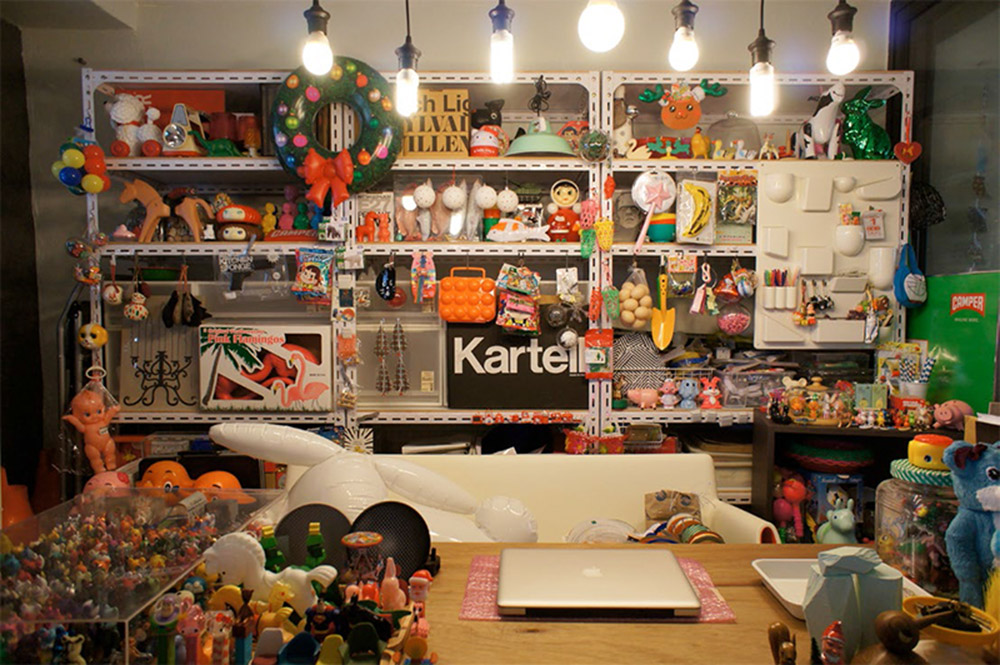HDB reawakened: Japanese duo lends new perspective on S’pore homes
AUTHOR
Wong Casandra

SINGAPORE — A flat left almost devoid of furniture and reserved for poetic musings. Another, a three-room home converted into a “family-friendly” gym, complete with exercise equipment and a glass wall to record one’s fitness routine. Others with corridors jointly decorated by neighbours to usher in festivities.
These are just some of the 118 Housing Development Board (HDB) flats — “a lucky number” — that two Singapore permanent residents (PR) from Japan have carefully documented over three years for an upcoming photo book.
The husband-and-wife team has hit several road bumps in their project, but they highlighted their wonder in discovering so many artistic, unique spaces — and discovering cultural differences along the way.
“What really surprised me is that for the couples, wife and husband, they have big wedding photos in their bedrooms,” said Mr Eitaro Ogawa, 42, a fine art printer at the Singapore Tyler Print Institute (STPI). “I’ve never seen one in Japan. It’s quite common in Singapore.”
The inspiration behind the book, titled HDB: Homes of Singapore, came about seven to eight years ago when Mr Ogawa and Ms Tamae Iwasaki were considering buying a HDB flat. Some 80 per cent of the resident population live in HDB flats, according to Government figures.
“We didn’t really have a good impression of HDB flats… They looked very rigid and similar to each other, and we were not very sure about living in one of them,” Ms Iwasaki, 43, an arts educator who also works at the STPI, told TODAY.
That all changed when some of their friends, also art teachers, invited them to their renovated HDB flats. The couple was “shocked” that the interiors looked nothing like the exteriors — and that HDB flats can be modified to reflect character, lifestyles and cultures.
Hoping to spread their discovery to a wider public and to dispel misconceptions about the lack of culture in Singapore, they worked with another Japanese transplant to document the interiors of HDB flats.
In Japan, public housing apartments are typically not for sale and can only be rented. Mr Ogawa stressed that they are much smaller than Singapore ones and cannot be renovated. The different languages, cultures and races in the Republic also play a part in enriching living spaces here, he added.
Ms Iwasaki agrees. “We want people to know there is a culture in Singapore and a very good one,” she added.
118 FLATS, THREE YEARS IN THE MAKING
The couple worked on the project with Mr Tomohisa Miyauchi, 40, a senior lecturer at the National University of Singapore’s department of architecture. Mr Miyauchi, who has a background in film-making and has published a book before, took the first photograph for the book three years ago, only a week after meeting the couple at a Japanese exhibition. The project gave them an excuse to access the insides of various homes, what Mr Ogawa called “hidden treasures of Singapore”.
Leaving Mr Miyauchi in charge of photography, Ms Ogawa and Mr Iwasaki focused on contacting and liaising with the homeowners. The couple, who has been living in Singapore since 2001, reached out to relatives and friends, but occasionally found themselves knocking door to door. The experience has been positive and joyful on the whole, partly because they are from Japan, the couple noted.
“I think that (being a foreigner) made it easier, because it’s easy to accept that you are interested in the Singapore culture,” said Mr Ogawa. “Maybe 80 per cent of people that we knocked on the door said okay to come in and shoot on the spot… Some of them took us to hawker centres nearby to introduce their favourite food.”
They started out focusing on artistically-renovated flats but later photographed flats that feature occupants hailing from “different races, different religions, different lifestyles, all kinds of age groups”, with every house they visited to be included in the book in chronological order. In total, they took about 4,000 photos; 1,500 of them were selected to be in the book.
Said Mr Ogawa: “I think we went to almost every station on the MRT map… Literally on the first page of the book is the first house we visited. So you can kind of join us on the journey. You can actually see two instances of National Days and Chinese New Years!”
During most shoots, they also made it a point to encourage their children to tag along, making the book a joint project and not sacrificing family time.
The full article was originally published at TODAYonline.